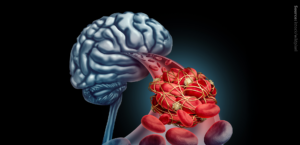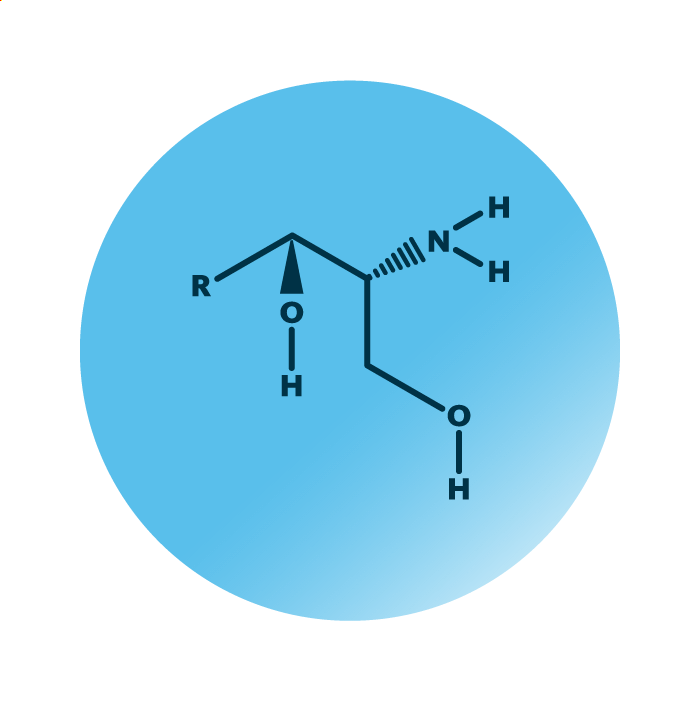Structure. Sphingolipids are one of the eight categories of lipids and contain tens of thousands of lipid species. All of these feature a similar molecular structure: they consist of a sphingoid base or long-chain base, an amino alcohol with a hydrocarbon chain. A variety of “head” groups can be linked to the sphingoid base, as well as a two fatty acids.
Function. Sphingolipids are present in all animals and plants and may be found in some fungi and bacteria. They are functional components of mainly cell membranes. However, great variability may apply regarding the types of findable sphingolipids in an organism. Ceramides are sphingolipids featuring a relatively simple structure. They serve as biosynthetic precursors to complex sphingolipids and are vital skin constituents.
Gangliosides, cerebrosides, and sulfoglycosphingolipids all feature some form of sugar head group and are crucial to the nervous system. Phosphosphingolipids are essential to lipid raft formation, functional subdomains of the cell membrane. The sphingolipid types globosides and diglycosylceramides serve important roles in the immune system.



